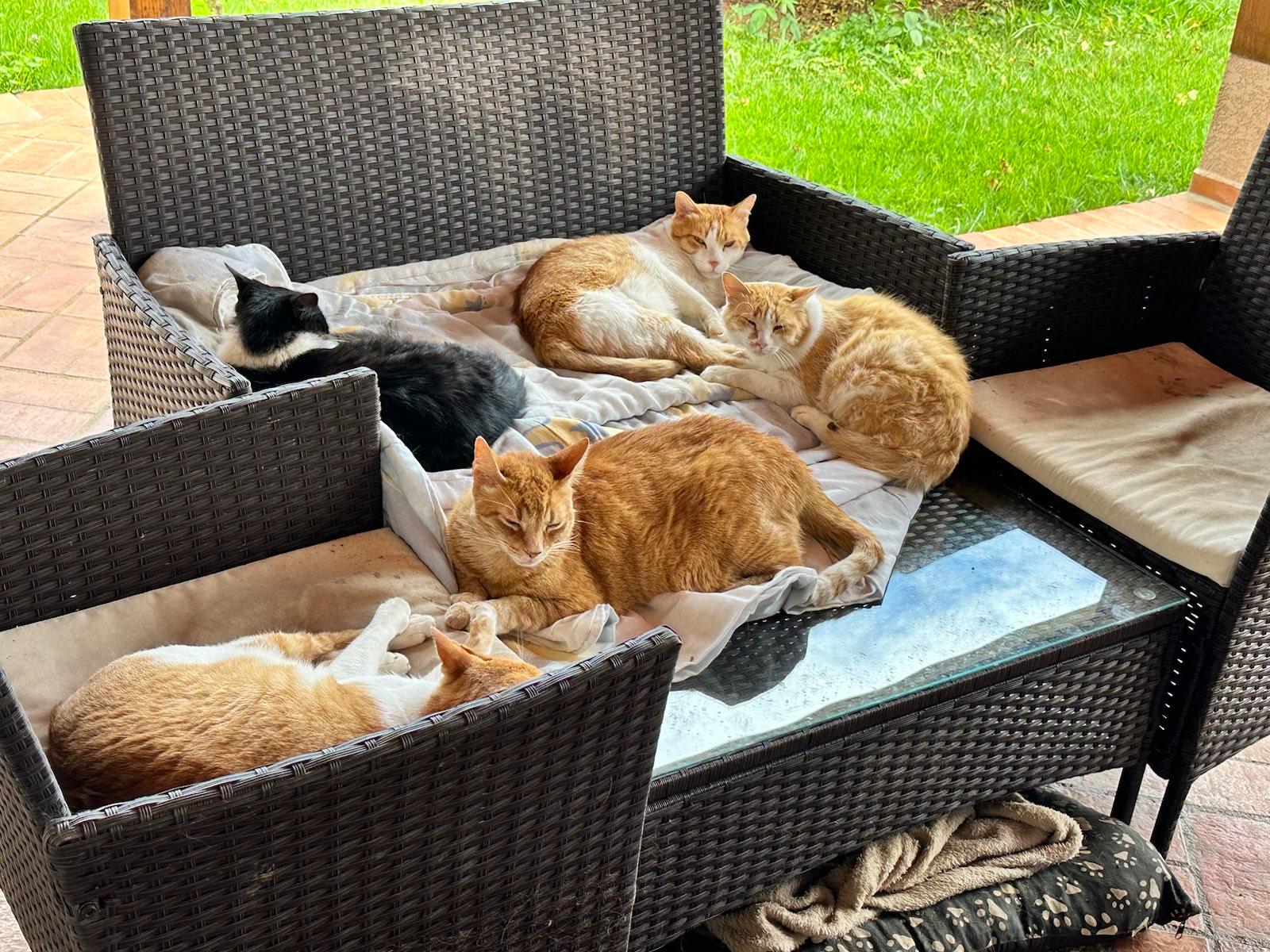105 hours: One thing at a time
Every time we multitask, at least one of those "tasks" is done on a digital device such as our smartphone, computer, or TV.

I use a set of tactics and principles to manage my time. I call it 105 hours.
It helps me allocate the 105 hours I have in the week.
When spending our time, we do many things at once, often leading us to do them badly.
So I only do one thing at a time.
We can't focus for even 25 minutes
It's hard to do a single something for as little as 25 minutes, no matter what the something is.
We're always doing multiple somethings at once.
At one point, I stopped taking my phone with me when dining out. At first, it felt bizarre, like going out without my wallet. My brain would alert me, "You're forgetting something important."
On the drive to the restaurant, I'd get several anxiety spikes: what if somebody at work tries to find me? What if there's a family emergency?
I also had phone habits: reaching for my pocket after a 10-second pause in the conversation and then realizing, "Oh yeah, I didn't bring my phone today." Then, on the next break, I'd try again – you know, just in case my phone had magically materialized in my pocket since the last time I tried.
While 99% of things I did on my phone could have waited until I was back, I only waited for them when I began leaving my phone at home.
I checked in on work to relieve anxiety. I wanted to be "on top of work" so I could "focus on dinner." The irony of focusing on dinner by focusing on work escaped me back then.
I checked messages and social media to relieve boredom. The silence at the table was no match for the lure of my apps.
Time continued to be fragmented: 3-minute conversation, reply to a text, 5-minute conversation, check something, 7-minute conversation, check the weather. Yes, the weather!
We are distracted mainly because we carry an attention-grabbing device with us.
The prevalence of smartphones creates a prevalence of multitasking.
Multitasking requires digital devices
It took me time to realize that digital devices are required for multitasking. We reflect on our multitasking but don't realize our digital devices' primary role in it.
Every time we multitask, at least one of those "tasks" is done on a digital device such as our smartphone, computer, or TV.
Go ahead, try to think about something you multitask that doesn't include a digital device. I'll wait.
The closest I've got to with my friends and mentees are household chores, where we use our (technological albeit non-digital) tools in batches: cooking, laundry, cleaning, etc. Many of us do those tasks with an added digital device, though.
Not realizing that multitasking requires a digital device makes it much more challenging to reduce it, so I'm always on the lookout for whether I multitask when using digital devices, such as a computer.
Importantly, I feel safe from multitasking when not using a digital device.
When trying to work on a single task with a digital device, there are two critical areas to focus on:
- Isolating digital tasks
- Isolating digital reality from physical reality
Digital multitasking
Since so much of what we do happens on digital devices, these devices have become great at doing everything: messages, apps, articles, calls, and media.
Everything does everything now.
Compared to physical reality, the boundaries of digital activities are vague. I could be playing the video of a podcast in the background while using Excel and having several articles open on my browser to skim later when I get a text that requires me to make a Zoom call, which I'll do while skimming the articles.
That is normal.
It's hard to see the use of a single-tasking device. "Why choose to do fewer things?" we ask. So they don't exist; there's no market for them.
But our interruptions are internal, and we interrupt ourselves because of the external interests influencing our choices.
Say we're watching a video. The video ends, and we decide to watch another one. Who chose to watch this next video?
We did. We chose to act this way.
But that choice was heavily influenced by somebody else who was really interested in us watching another video so they could make more money with our time.
Without controlling available choices, we have little recourse against this influence in our choosing (despite our belief in our unique supernatural abilities to resist the power of advertising and algorithms).
And most digital devices allow us to choose anything at any time.
And so we helplessly do.
Digital & Physical multitasking
Because we always carry a digital device, we rarely live in our physical reality alone.
There's always something going on in our digital reality alongside what's happening in our physical reality.
A lot of our multitasking happens when we're doing something in physical reality and something else in digital reality. We're chatting with a friend over dinner and replying to a message. We eat and read the news. We're driving and listening to a podcast.
We are rarely present in physical reality only.
The best way to avoid multitasking when doing something in physical reality is to leave our digital reality while doing it.
Otherwise, like someone alone struggling to play a two-player video game, we constantly switch our focus back and forth.
And unless the tasks are straightforward, we do a lousy job at everything.
Doing one thing at a time
Laura Vanderkam outlines a couple of case studies in her book 168 Hours where the multitasking issue comes up, notably the competition of time between digital devices such as smartphones and TV and time spent with our family:
[..] Brandt needed to focus more during his time with Ann. Like many people, he had trouble categorizing some of his hours because he was trying to do multiple activities at once. He had entries like “e-mail/FB/visit wife.” Distractions make us feel more pressed for time than we really are.
And also:
[..] I learned that he felt like his work projects were taking forever. His kids were constantly interrupting him (hence entries like “Misc Work/Kids/TV News” and “UWW/Kids”). He’d lose his patience, and then they’d be unhappy with him — and inclined to interrupt even more. Since he was being pulled in multiple directions at once, he didn’t think he was doing a good job on anything.
Vanderkam, Laura. 168 Hours (p. 236). Penguin Publishing Group. Kindle Edition.
Some things can be done in parallel with others: doing the dishes is mechanical enough that we built dishwashers to do it, and if we do it while listening to a podcast, it's not like we can define what it means to do a bad job at podcast listening.
But many valuable things in life require our full attention, such as time with family, work, and developing new skills. To do them at our best, our time and attention must be solely allocated to them.
The best solution to not being pulled away from our focus is being unable to do it. This means creating obstacles to using our devices for multiple things and disconnecting from them when we want to be fully present.
